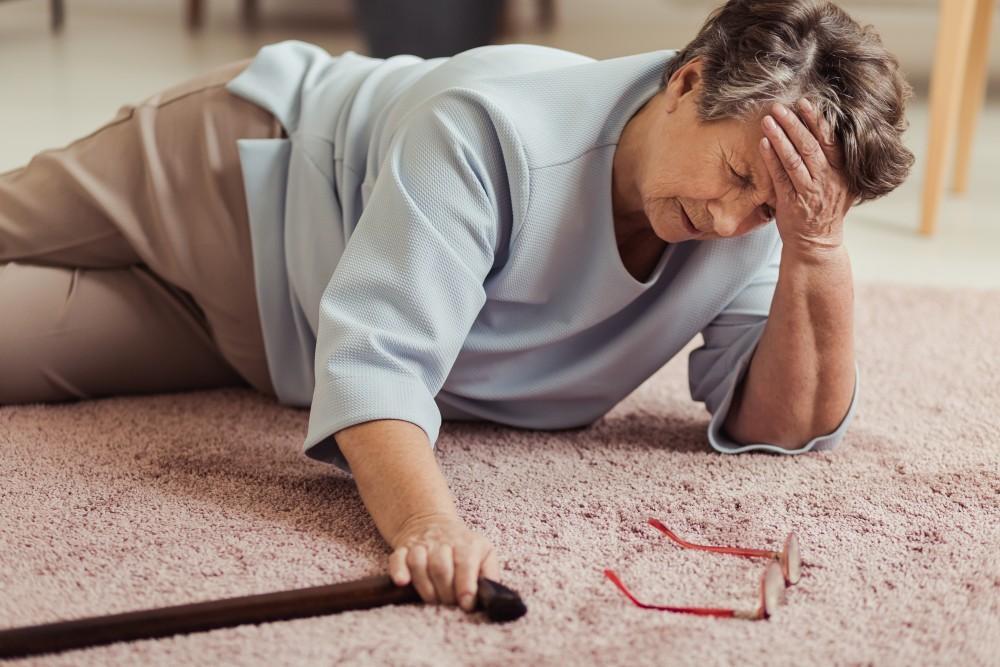As we age, the risk of falling becomes a significant concern, especially for seniors living independently. Falls can lead to serious injuries, and the fear of falling can limit the activities and independence of older adults. This is where smart home sensors for fall detection come into play. By integrating advanced technology into daily living environments, these sensors offer peace of mind to both seniors and their caregivers.

What are Smart Home Sensors for Fall Detection?
Smart home sensors are devices that use technology to detect movement and identify falls within a home. These sensors can be strategically placed in various rooms and work by monitoring the activity patterns of the residents. When a fall is detected, alerts are sent to designated contacts, ensuring quick assistance.
How Do These Sensors Work?
The technology behind smart home sensors for fall detection can vary. Some use accelerometers and gyroscopes to detect rapid changes in movement, which might indicate a fall. Others rely on motion sensors or cameras to observe and analyze activity. Each type of sensor has its own method of detecting falls, but they all aim to provide timely alerts to caregivers or emergency contacts.
The Importance of Fall Detection for Seniors
Falls are a leading cause of injury among seniors, and the consequences can be severe. They can result in broken bones, head injuries, and a decline in overall health. The fear of falling can also lead to reduced physical activity, which in turn affects the quality of life. By using smart home sensors for fall detection, seniors can maintain their independence while ensuring their safety.
Benefits of Installing Smart Home Sensors
- Improved Safety: These sensors provide an extra layer of security, ensuring that any falls are quickly detected and addressed.
- Peace of Mind: Knowing that there is a system in place to detect falls can reduce anxiety for both seniors and their families.
- Independence: Seniors can continue to live independently, knowing they have a safety net in case of falls.
Types of Fall Detection Sensors
Wearable Devices
Wearable devices are popular for fall detection. These devices, often worn as pendants or bracelets, use sensors to detect falls and alert emergency contacts. They are convenient and can be worn at all times.
Non-Wearable Sensors
These include motion sensors and cameras installed in the home. They monitor activity and detect falls without requiring the user to wear any device. This option is ideal for those who might forget to wear a pendant or bracelet.
How to Choose the Right Sensor
When selecting a smart home sensor for fall detection, consider factors such as ease of use, reliability, and response time. It’s also important to ensure that the sensor integrates well with other smart home devices.
Considerations for Installation
Ensure that the sensors are placed in high-risk areas such as bathrooms, kitchens, and staircases. It’s also important to regularly test the system to ensure it’s functioning correctly.
Future of Smart Home Technology in Elder Care
The field of smart home technology is rapidly advancing, and future innovations promise even more effective solutions for fall detection. With continuous improvements, these technologies will become more accessible and affordable, making them an integral part of elder care.
Integration with Other Technologies
Future systems may integrate with other health monitoring devices, providing a comprehensive solution for elder care. This could include monitoring vital signs and sending alerts for other health concerns.
Real-Life Impact of Fall Detection Sensors
Many seniors have already benefited from smart home sensors for fall detection. Stories of timely interventions and improved quality of life highlight the importance of these technologies.
Testimonials and Case Studies
Numerous case studies demonstrate how these sensors have prevented serious injuries and provided peace of mind to families. For more information on how caregivers can benefit from fall detection, visit fall detection for caregivers.

FAQs on Smart Home Sensors for Fall Detection
What happens if a fall is detected?
If a fall is detected, the system sends an alert to designated contacts, who can then take appropriate action.
Are these sensors easy to install?
Most sensors are designed for easy installation and can be set up without professional assistance.
Can the sensors differentiate between a fall and other movements?
Advanced sensors are capable of distinguishing between falls and other types of movement, reducing false alarms.
For further reading, consider exploring external resources such as the Oxford Academic article on the importance of fall prevention in elder care.
In conclusion, smart home sensors for fall detection are a vital tool in ensuring the safety and independence of seniors. By understanding the options available and selecting the right system, families can provide the necessary support and peace of mind for their loved ones.
This article contains affiliate links. We may earn a commission at no extra cost to you.

